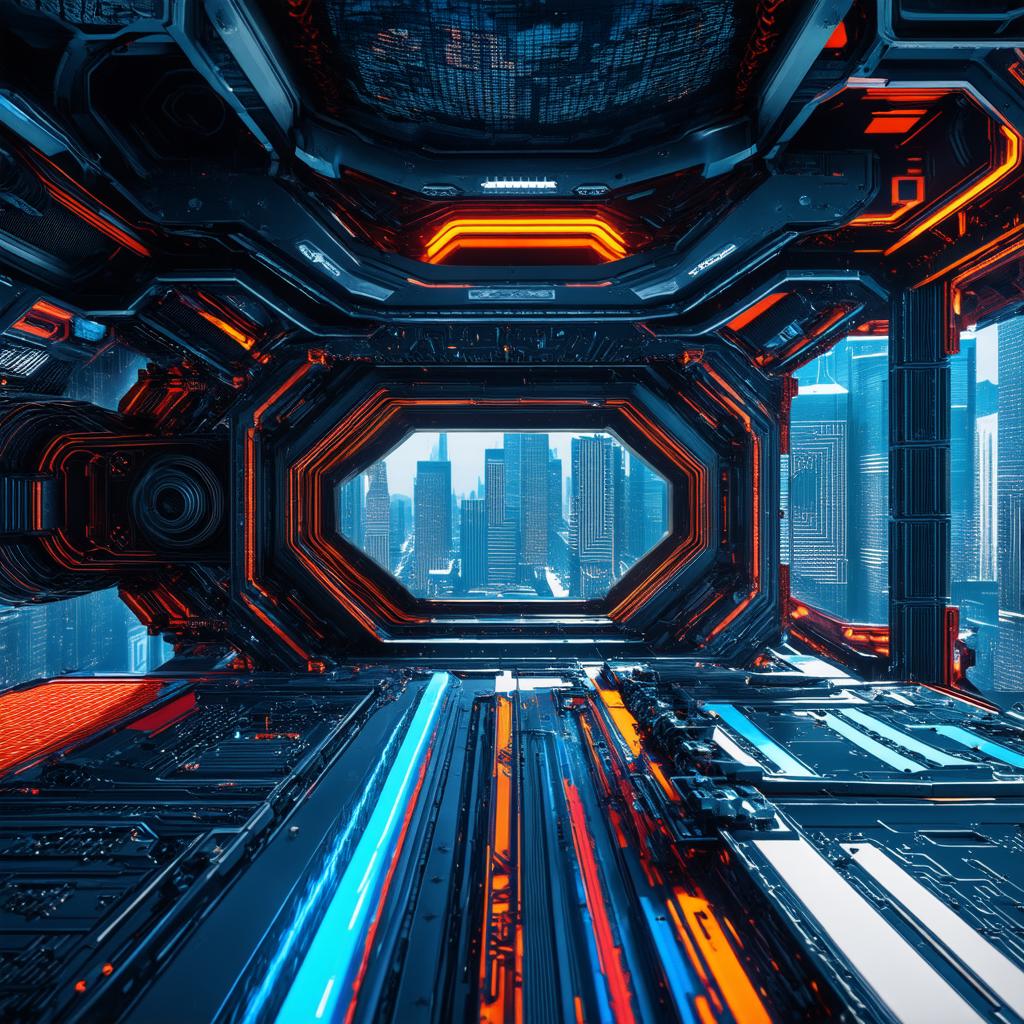Virtual reality (VR) is a technology that simulates a 3D environment in which a person can interact with objects and other people as if they were real. VR systems consist of a headset, sensors, and controllers that track the user’s movements and allow them to interact with virtual objects.
Headset
The first component of a VR system is the headset. The headset typically consists of a display screen that displays a 360-degree image, along with sensors that track the user’s movements. Some VR systems also include motion controllers that allow the user to interact with virtual objects using hand gestures or other inputs.
Sensors
The sensors in a VR system are used to track the user’s movements and position in real-time. This information is used to adjust the virtual environment to match the user’s movements, allowing them to move around and interact with virtual objects as if they were real. Some VR systems use cameras or other sensors to track the user’s body and hand movements, while others use ultrasonic sensors or other technologies to track the user’s position in space.

Controllers
The controllers used in VR systems are designed to allow the user to interact with virtual objects using hand gestures or other inputs. Some VR controllers include buttons or triggers that can be used to perform actions, while others use sensors or other technologies to track the user’s hand movements and allow them to manipulate virtual objects.
Virtual Environment
The virtual environment in a VR system is created using specialized software that simulates a 3D space. This environment can include virtual objects, characters, and other elements that interact with the user as if they were real. The virtual environment can be customized to suit the needs of the application, allowing it to be used for a wide range of purposes, including training, entertainment, and education.
Applications of VR
Virtual reality technology is being used in a variety of applications, ranging from gaming and entertainment to training and education. In healthcare, VR systems are being used to simulate surgical procedures and other medical scenarios, allowing doctors and nurses to practice their skills in a safe and controlled environment. In manufacturing, VR systems are being used to simulate production processes, allowing companies to optimize their workflows and reduce costs.
Summary
Virtual reality technology is a powerful tool that allows users to interact with virtual environments as if they were real. By using specialized sensors, controllers, and software, VR systems can create immersive and interactive experiences that are used in a wide range of applications. Whether you’re a gamer, a healthcare professional, or an engineer, there is likely a VR system that can help you achieve your goals.
